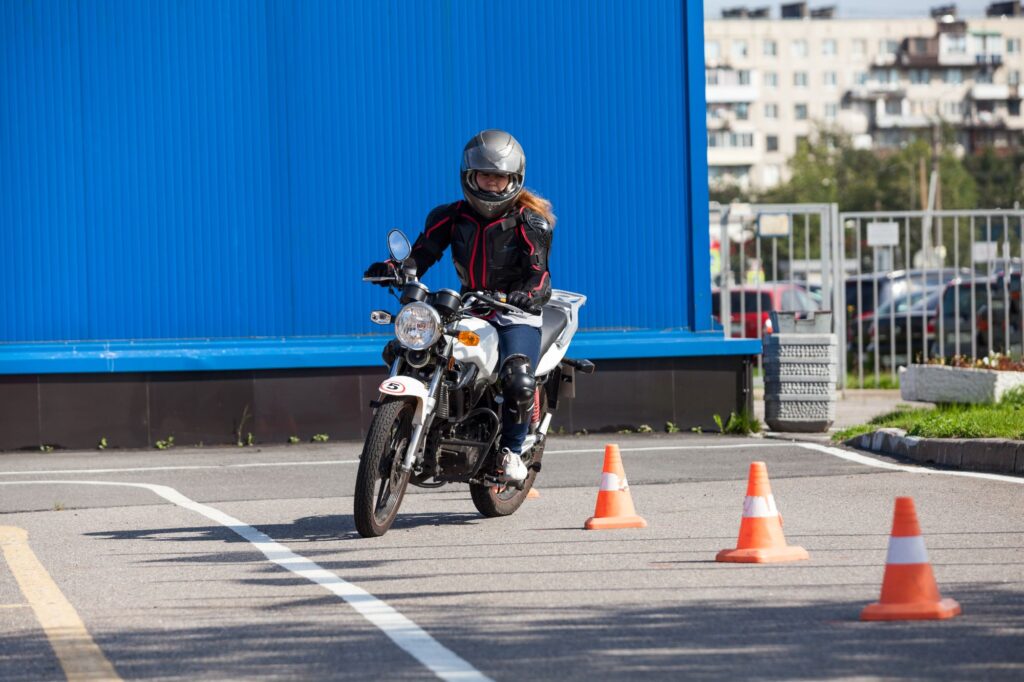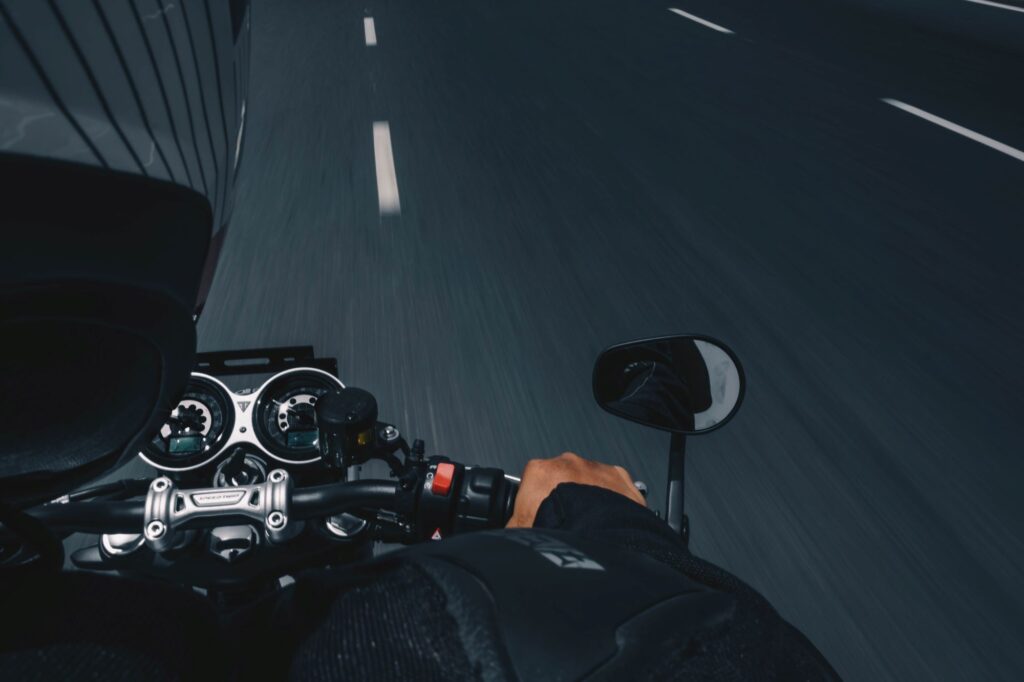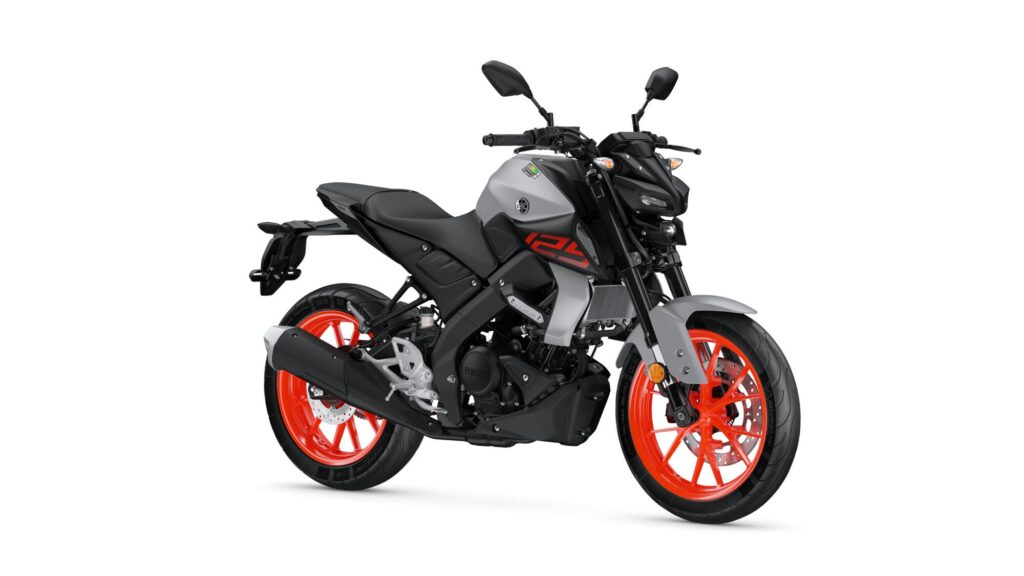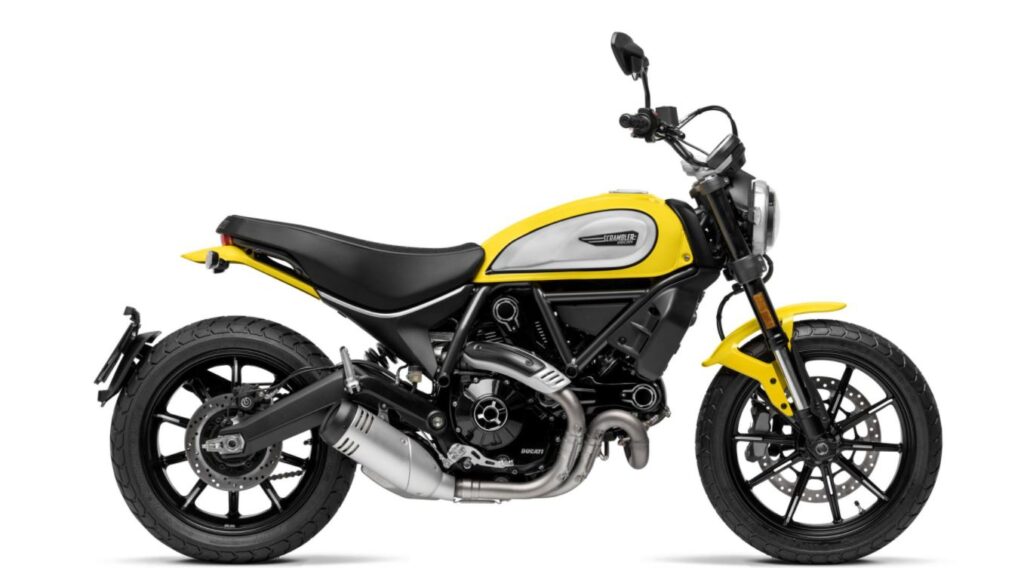Invented in France in 1893, sidecars predate the first production motorcycles, as they were originally designed for a newspaper competition to find the best method of carrying a passenger on a bicycle. In 1903 a patent for the motorcycle sidecar was submitted by Mr WJ Graham of Enfield in Middlesex, and the sidecar quickly exploded in popularity, being cheaper than a car and more useful than a motorcycle on its own.
Early manufacturers produced a variety of styles, with a complete absence of modern safety standards as the main characteristic. Photos of early sidecars often feature stoic Edwardian women attempting to look totally fine about their precarious seating.

Thankfully for passengers, makers soon realised that a solid shell made for a more pleasant ride and sidecars quickly became all the rage during the motorcycle craze of the early decades of the 20th century. In the UK their popularity was boosted by a loophole in the law; until the 1960s as long as it had a sidecar attached you could ride a bike with any size engine on a provisional license.
Watsonian-Squire is one of the earliest surviving sidecar manufacturers. Originally set up by Fred Watson in 1912, the company still creates a wide range of sidecars. Back when they began, the UK was able to support a number of regional sidecar manufacturers. Watsonian-Squire is one of the few that is still making the same product as they did back then, although some companies still survive with different names and focus. The most notable is Swallow Sidecars, who through a series of corporate manoeuvres are now best known as Jaguar cars.

Following the closure of the licensing loophole there has been a decline in sidecar users. As well as this, a new sidecar will set you back a good few grand. Like motorcycles themselves, they have moved away from being the cheap alternative to cars and become the expensive toy you buy when you’re more financially secure.
Sidecars in Sitcoms
In film and TV, the dominant portrayal of motorcycles and their users tends to fluctuate between daredevil individuals seeking a way out of mainstream society or feral barbarians itching to destroy. A sidecar destabilises these associations, and their use as spousal transport making them perfect for the kind of ‘er indoors/mother-in-law jokes that were one of comedy’s stocks-in-trade in decades past.
Possibly the most well-known example of this is from early 70s sitcom On The Buses, or more precisely from its movie spin-offs.
Today the show is mostly considered a relic of a time when feminism barely existed. This is undeniably true, but for modern viewers of sturdy heart and a lot of patience there’s plenty of humour to be extracted. Not always how makers originally intended, of course.
Firstly, the two main characters are supposed to be 20-something young dudes about town, always with a scheme to get one over the inspector and always with an eye for any bit of crumpet that comes near. They were played by Reg Varney, 53 years old when the series started, and Bob Grant, 37 but looking several decades over that and with the kind of teeth that Americans think everyone has over here.
The motorcycle sidecar combo only appears twice in the series. It has a larger role in the three films they managed to squeeze out of the series, which if you need to see them are never more than a few weeks away from being repeated on one of the ITV channels. While the show proper still manages to tickle the funny bone now and again, the films are dire. British sitcom films are generally a bit of a mixed bag, quality wise, but for Buses they put all the stops in as far as they could go and then drilled holes so more could fit in. Amazingly, the first was the highest grossing film of 1971 in British cinemas.
George and Mildred was one of the spin-offs of the then-daring sitcom Man about the house, focussing on the titular characters played by Yootha Joyce and Brian Murphy. It follows George and Mildred as they leave their council flat and move to a more middle class neighbourhood. With George being a skinflint and Mildred wanting to move up in the world, a sidecar combination is the perfect comedic vehicle, and it featured most heavily in the title sequences for the series second and fifth series. The second series is a retread of the joke that first appear in the Marx Brothers movie Duck Soup, that being sidecar stays while bike moves.

Last of the Summer Wine lasted for 31 series of gentle rural hi-jinks, and with its signature comedic climax of old men rolling out of control down a hill in a variety of vehicles or objects it’s slightly surprising to learn that they only used sidecars in three episodes. The first time was in the second series episode “Northern Flying Circus” from 1975. This early on in the series the formula hadn’t been locked down, as it’s the “third man” Blamire who rolls out of control rather than Compo, and down a road rather than a hill. The second occasion came eleven years later, in series nine’s “The Ice-cream man cometh”. This involves a lesser-seen bicycle sidecar, so motorcycle purists may scoff. But it still counts, and does feature the full Compo rolling down an actual hill, although it’s a road on a hill.
The sidecar trilogy ends in series eighteen, broadcast in 1996. By this stage the series had become somewhat gentler in terms of the stunts the main cast were able to perform, but Bill Owen was nothing if not game and “A Sidecar Named Desire” sees sidecars leave the series with a bang.

Compo rode the bike, naturally, with Norah Batty and one of the many sour-faced women who’d padded out the cast by this stage as a disapproving Greek chorus. Following the usual set-up they careen out of control down a steep country road, through a gate into a field before coming to a halt in a ditch. Classic Summer Wine, and they obviously felt that they had said all that needed to be said on the subject of sidecars as the 14 series that followed were resolutely sidecar-free.
TV Chefs, Hollywood Stars, and Sidecar Dogs
1996 was one of the sidecar’s biggest years in terms of television exposure. Not only was it in Last of the Summer Wine, but it was also a key part of Two Fat Ladies. This was a cooking show which saw two incredibly posh ladies drive to country houses in their motorcycle sidecar combination and proceed to cook the least healthy food in the world. Jennifer Paterson and Clarissa Dickson-Wright were two larger than life characters in every sense that matters. Paterson was a lifelong biker, and was buried with her favourite helmet. She was also a lifelong drinker, so it was probably just as well she had a sidecar (the Watsonian Squire doublewide) to help keep balance.
The most famous animated sidecar is owned by the noted inventor Wallace, and used by his dog Gromit. Given that this is owned by the man who went to the moon for cheese, it should come as no surprise that his sidecar can become a plane. In 2011, artist and furniture maker Mike Prankerd recreated the motorcycle combination (alas, without the ability to fly) and has used it to raise money for local charities.

Sidecars have not had the most illustrious history in cinema. They get a showcase moment in The Spy Who Loved Me, the Roger Moore one with the submarine car. More than anything it demonstrates why self-propelled sidecar missiles didn’t catch on in the shadowy criminal organisation community. The sidecar chase in Indiana Jones and the Last Crusade is pretty respectable, Harrison Ford and Sean Connery at the height of their powers fighting Nazis is always a winner. Adam West’s Batman had a couple of sidecars during the run of the ‘60s TV series. The first was a more traditional design, but for the 1966
Adam West’s Batman had a couple of sidecars during the run of the ‘60s TV series. The first was a more traditional design, but for the 1966 movie, a new design was introduced. The bike had stylish, pop-art panels with the motif continuing on to the sidecar. The sidecar itself was a platform with a detachable go-kart, presumably, so he could get rid of Robin at a moment’s notice.
Aside from the virtually unknown Australian film Sidecar Racers from 1975 and a couple of jokes in the Marx Brother’s Duck Soup, we reckon that is about it.
One use for sidecars we’ve not touched on yet is as animal transport. As cats would probably not appreciate sidecar travel overly much, they are almost custom designed for dogs. Recently, film-makers Eric Ristau and Geneva Liimatta released a documentary about dogs in sidecars, called Sit Stay Ride. It’s a sweet little story that will delight fans of dogs and sidecars.
You May Also Like …
Norton enthusiast Ian Loram shares the highlights of his vintage collection





